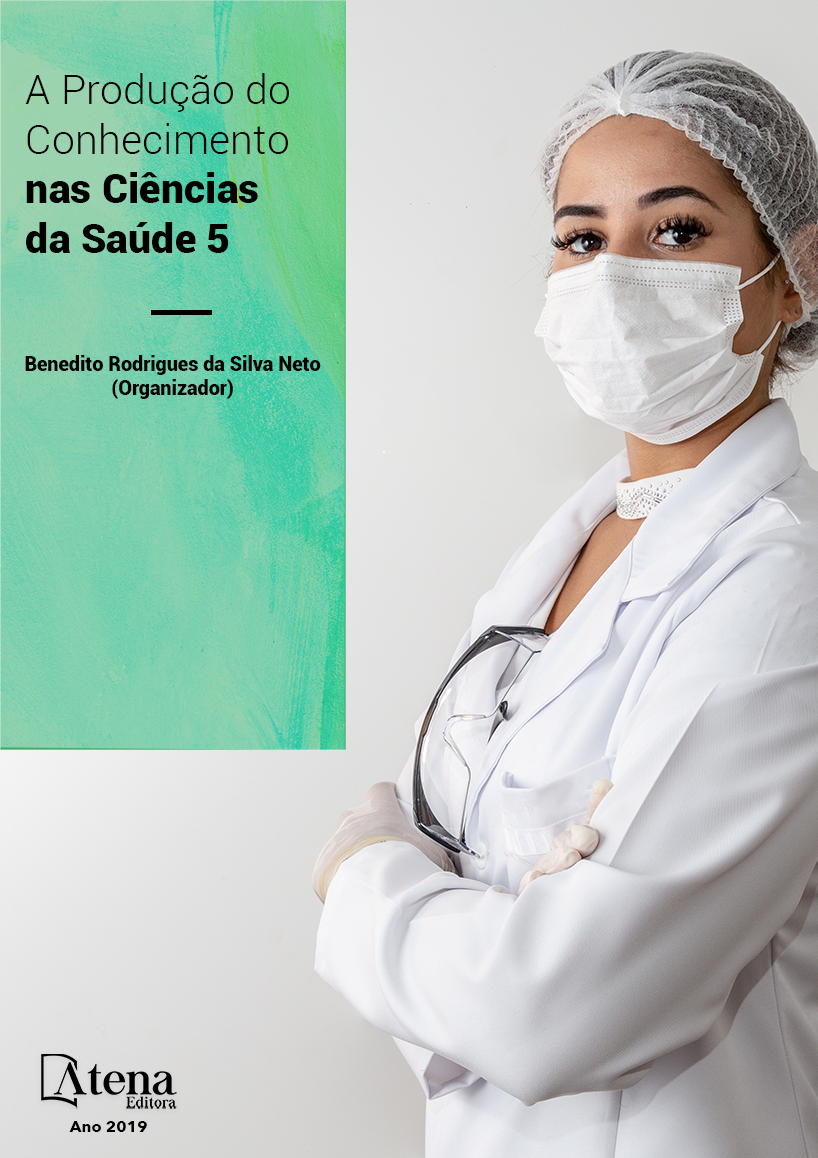
SISTEMAS ADESIVOS UNIVERSAIS E AUTOCONDICIONANTES - UMA REVISÃO DE LITERATURA
O objetivo deste trabalho é
ponderarsobre a composição química,
propriedades e técnicas de aplicação
dos sistemas adesivos universais e autocondicionantes,
por meio deuma revisão
de literatura,para compreender melhor sua
utilizaçãodiante dos desafios diários de adesão
na clínica odontológica.
RESUMO: O desafio para os sistemas adesivos
é fornecer uma qualidade de adesão semelhante
em dois tecidos dentários diferentes. Os
adesivos autocondicionantes e universais
surgem para facilitar a técnica convencional de
adesão, diminuindo as falhas e sensibilidade.
A composição dos sistemas autocondicionantes
modifica a smearlayer e a superfície da dentina,
resultando em menor sensibilidade pósoperatória,
pois não há grande discrepância
entre a profundidade de condicionamento
e a extensão de infiltração dos monômeros
resinosos no substrato. A evolução mais
significativa desse sistema foi a criação da
molécula de MDP (10-Metacriloiloxidecil
dihidrogêniofosfato), considerando o mais efetivo
dos monômeros presentes em tais adesivos.
Ela age com o cálcio presente na hidroxiapatita,
aumentando a adesividade. Devido aos
insucessos da camada híbrida causados pela
umidade da dentina, foram criados os sistemas
autocondicionantes, onde suprime-se o
condicionamento ácido, indicado seletivamente
em esmalte. O sistema autocondicionante de
dois passos resulta melhores resultados na
hibridização da dentina sendo mais efetivos
do que os sistemas universais, pois, apesar da
facilidade de aplicação, os adesivos universais
apresentam degradação precoce, acarretando
em baixa longevidade restauradora.
Alguns artigos são divergentes em relação
à escolha do melhor sistema, mas a maioria
preconiza o sistema autocondicionante de dois
passos, apesar de haver relativamente poucos
estudos longitudinais, comparados ao sistema
convencional. São necessários mais estudos
longitudinais para verificar a durabilidade e
resistência desses novos adesivos em longo
prazo.
SISTEMAS ADESIVOS UNIVERSAIS E AUTOCONDICIONANTES - UMA REVISÃO DE LITERATURA
-
DOI: 10.22533/at.ed.02619030433
-
Palavras-chave: adesivos dentinários/ dentina/ camada híbrida.
-
Keywords: dental adhesives/dentin/smear layer.
-
Abstract:
The challenge for adhesives systems is to provide a similar quality of
adhesion to two different dental tissues. The self-etching (SE) systems and the allin-
one came to favor the conventional (ER) adhesion techniques, reducing flaws and
sensitivity. The composition of SE systems modifies the smear layer and the superficial
dentin, it’s results on less postoperative sensibility since there is no great discrepancy
between the depth of conditioning and the extent of infiltration of the resinous monomers
in the substrate. The most significant evolution of this system was the creation of the
MDP molecule (10-Methacryloyloxydecyl dihydrogenphosphate) considering the most
effective monomers present in such adhesives that operate with the calcium present in
the hydroxyapatite, increasing the adhesiveness. Because of the failures of the smear
layer caused by the humidity of the dentin, the self-etching systems were created where
the acid conditioning is suppressed, indicated selectively in enamel. The self-etching
systems of two steps results on better results in the dentin hybridization being more
effective than the universal systems because in despite of the ease application, the
universal adhesives show early degradation, resulting in low restorative longevity.
Some articles are divergent regarding the choice of the best system but the most
recommend the self-conditioning system of two steps, although there is relatively few
longitudinal studies compared to the conventional system (ER). Further longitudinal
studies are needed to verify the durability and strength of these adhesives in the long
term.
-
Número de páginas: 15
- DAYALLA BATISTA MALAGUTTI
- CINTIA GAIO MURAD
- Alexandra Maria Rossett Gonçalves


